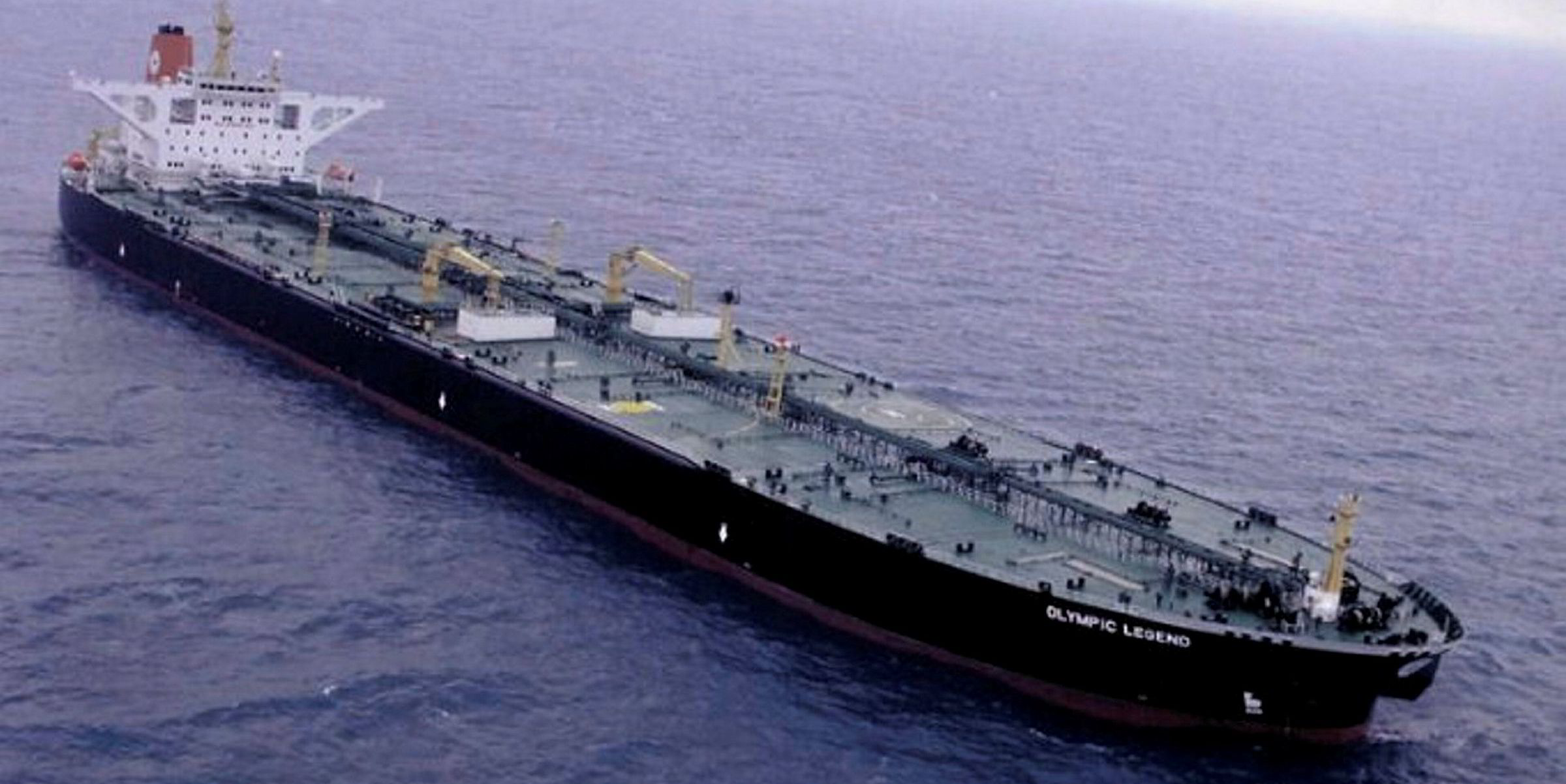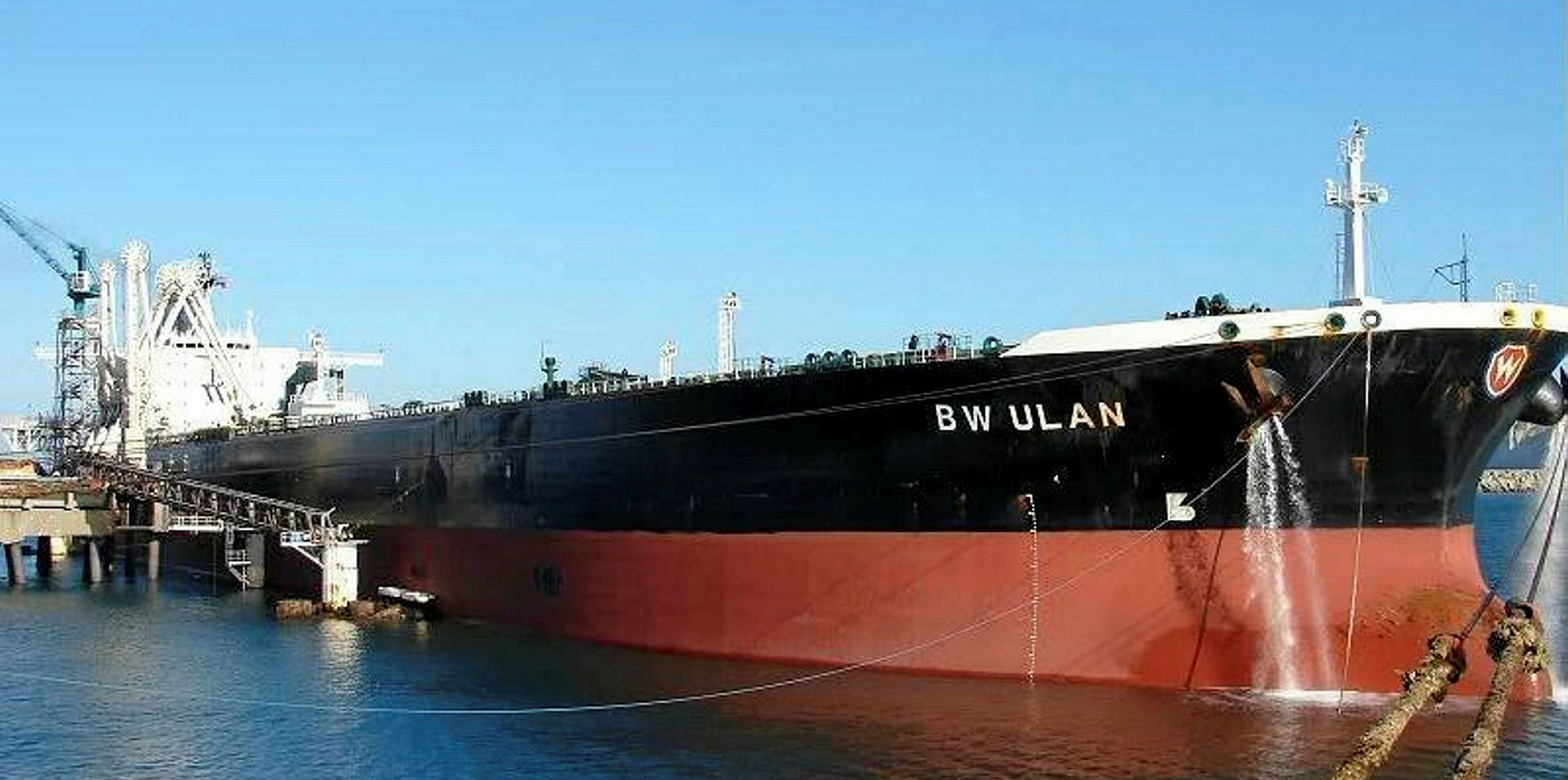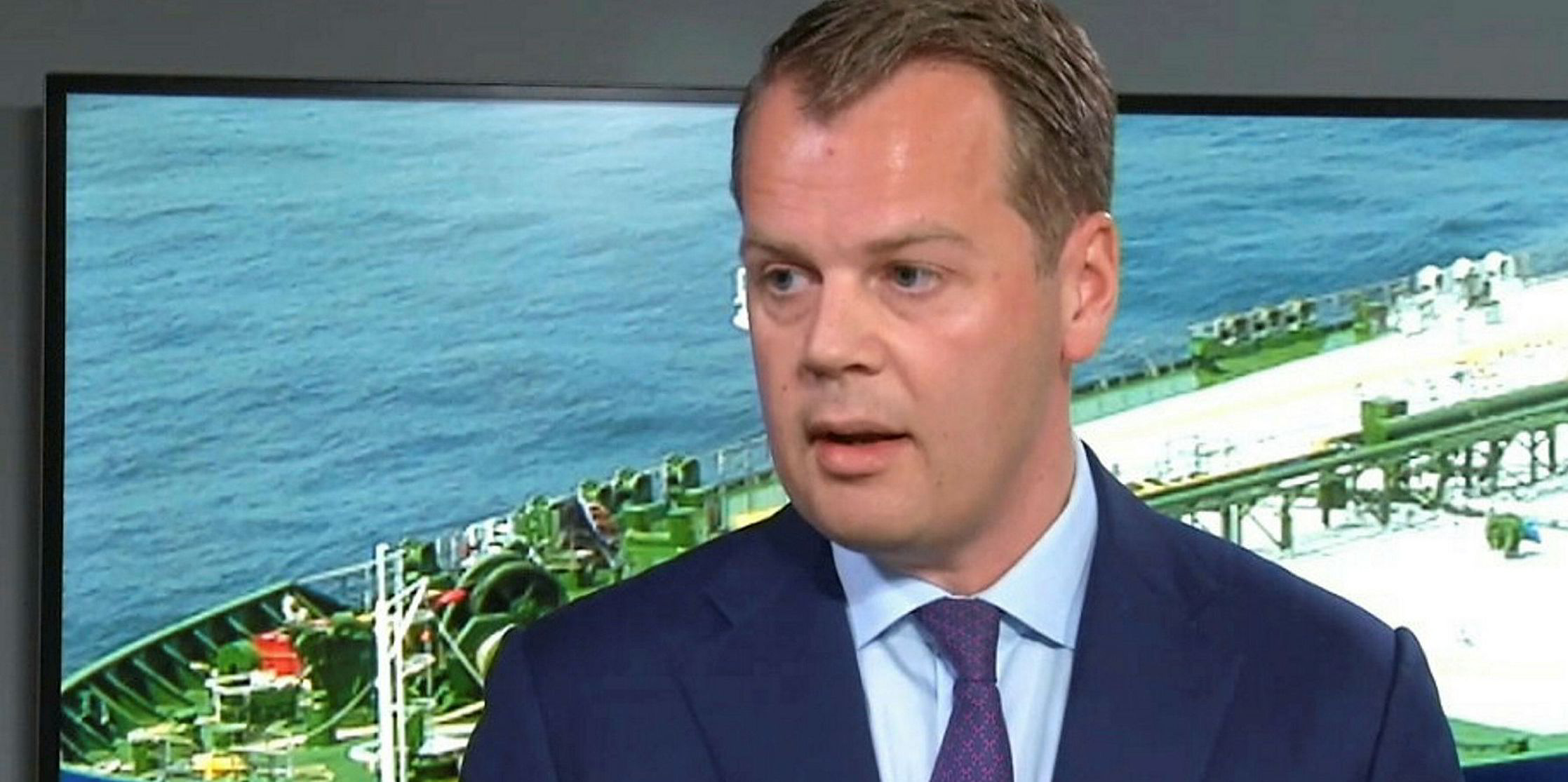Shipowners are hiking the rates for VLCCs on short time charters, riding on buoyant spot earnings and floating storage requirements, according to market participants.
Talk of charters of up to a year have been active in the past week, with the ongoing price war among oil producers expected to boost tanker demand in the coming months.
In contrast, limited interest has been shown in longer charters, with a downbeat market outlook towards the end of 2020.
According to VesselsValue, the 309,300-dwt Olympic Legend (built 2003) was this week fixed for 12 months by Olympic Shipping & Management at $60,000 per day. Brokers reported the 318,700-dwt Athina II (built 2005) was put on a short charter by Thenamaris at $62,500 per day, but further details were sketchy.
At least some of the VLCCs are to be used for floating storage, with the charterers taking advantage of deep oil contango and falling interest rates.
Brokers
Olympic Shipping declined to comment. Thenamaris did not immediately respond to an email seeking confirmation of the deal.
Hunter Group said the scrubber-fitted, 300,000-dwt Hunter Atla, Hunter Laga and Hunter Freya (all built 2019) were chartered out for six months at $80,000 per day to "de-risk" cash flows later this year.
Awico Eco Tankers has fixed out the scrubber-fitted, 320,000-dwt Eco Queen (built 2016) to Koch Industries for the same period at the same rate, and the company is understood to be seeking time charters.
The latest news emerged after the 318,800-dwt Sea Lion (built 2003) was reportedly fixed for five months at $40,000 per day last week. The 306,000-dwt Ridgebury Progress (built 2000), which had been reported to be booked for four to five months at $41,500 per day, was actually taken by Vitol for six months at $42,500 per day.
Shell chartered the 320,000-dwt Miltiadis Junior (built 2014) for a year at $50,000 per day after Capital Ship Management apparently failed to sell the ship.
Brokers suggested at least some of the VLCCs are to be used for floating storage, with the charterers taking advantage of deep oil contango and falling interest rates.
Boosted by bullish spot trade
At the same time, shipowners hold the bargaining power when negotiating short charters, with spot earnings spiking in excess of $200,000 per day.
Data from Poten & Partners showed 92 VLCC spot fixtures last week, compared with the weekly average of 50 fixtures this year.
Leading the chartering drive was Bahri, which took up to 25 VLCCs for Saudi oil exports despite being the world’s fourth-largest VLCC owner.
“Very few if any companies could pull this off,” said a New York broker amazed by the pace of Bahri’s chartering.
“Not all these vessels may be confirmed, but Bahri has given Saudi Aramco the tools and the flexibility to back up their decision…to increase output and exports.”
Aramco is Saudi Arabia’s national oil firm and owns about 20% of Bahri, which acts as the exclusive shipper of Aramco crude in its sales that include delivery costs.
With Russia, Saudi Arabia and other Opec members ramping up their exports, VLCC earnings for the second quarter are expected to achieve their best quarterly average in 12 years, according to Clarksons Platou Securities.
With expected low refining runs, due to weak oil demand amid the coronavirus pandemic, Jefferies suggested up to 50 VLCCs could be used as floating storage for cheap oil.
Bears ahead in the second half
But some analysts have warned spot and period rates are likely peaking, with the demand weakness to last for months as the Covid-19 continues to spread across the globe.
“Demand for tankers will remain strong, as exports will increase, but meanwhile floating storage is set to increase significantly at least in the short to medium term,” IHS Markit principal liquid bulk analyst Fotios Katsoulas said.
“This should have huge impact, at first positive but then negative for the shipping demand.”
Some research agencies, including Rystad Energy, have anticipated global oil demand will register its first yearly fall in more than a decade this year, with much of the decline seen between January and June.
Once the consumption begins to recover, oil refineries would tap into the floating storage and release the tonnage back into trading — a negative development for tanker owners.
“The fact that Saudi Arabia and others are now flooding the market is really no good, for the longer term recovery of the tanker market,” Bimco chief shipping analyst Peter Sand said.
“It merely puts more oil into inventories across the globe for later use. When demand then picks up somewhere in the future, inventories are drawn down, with no positive spillover on tankers.”
Moreover, Alphatanker has expected the price war will force US shale producers to cut output later this year, removing a pillar for tanker demand.
US crude production is expected to fall from 13.2m barrels per day (bpd) in May to 12.8m bpd in December, according to the Energy Information Administration.
“Eventually, this could be a negative,” said Alphatanker, adding this would likely hit aframaxes harder than VLCCs.







